From the moment we learned I was pregnant, the baby we longed for was continually on my mind. What would it look like? What kind of personality would it have? How would this baby change our life? I was truly “expecting.” Expectant waiting with our baby in mind transformed not just me and my husband, but our whole extended family.
During the Advent season, our church communities also focus on expectant waiting. Mary and Joseph were waiting for their baby to be born. The angels told them that their baby was the “son of the most high,” the long-awaited Messiah for Israel. If we know that Jesus has already come, is all this Advent waiting we do now just pretend?
Christianity focusses on waiting in Advent because we actually are still waiting. We are waiting for Jesus to be born again in our hearts in a new way. We are waiting for the kingdom of God to be revealed in all its fullness. We are waiting for Jesus to come again.
The angels told the shepherds about the birth of the Saviour and the expectation of peace on earth. As God’s people, we are waiting to see that good news play out, even in our own lives. We are all expecting, we are pregnant with God’s peace.
I think our prayers in Advent should reflect that pregnancy, that peace-on-earth message that the angels delivered. Our conversations with God about peace can transform us; they can help prepare us for Jesus’ arrival. Through our prayers the Spirit helps us imagine ourselves into that new reign of God on earth.
I’ve observed that when we gather for worship, prayers for peace are very limited. If you analyze the content of our prayers, often the bulk of what we request is for people in our own congregation. Are we assuming that Jesus is coming again only to visit our church?
I know that our congregational prayer time is full. We need to say thanks, we need to pray for the pastoral concerns of those in the church. That’s important. But our staying power with a spoken prayer means that the worship leader runs out of time, and so quickly asks God to “end war in [name the country],” or to “help people who are suffering.”
I think we need more time to pray together, especially in Advent. I would like to see robust prayers for peace that imagine God’s work in the world. Prayers that are visionary, hopeful, specific.
In one congregation where I ministered, during every Advent service we had a special separate “Advent peace prayer.” These were not general prayers about peace. When I was pregnant, we didn’t have conversations about the “next generation.” We talked about a specific child—our child—and those conversations made us ready to act in loving ways when our child arrived. In the same way, specific prayers for peace can transform us.
In that congregation, one week we prayed for people in prison, another week for homeless people, another week for refugees, another week for survivors of abuse. On Christmas Eve, we prayed for Bethlehem. The concrete prayer helped us enter into the suffering of that group and long with them for Jesus’ arrival. You can’t pray for everything but you can pray expectantly for what God places on your heart.
If you put yourself in the shoes of a person living in prison, what would you pray for? How would you pray if you fled your home and were living in a refugee camp? How would you pray if we are wanting to support clean rivers and lakes and oceans? Even prayers that we speak spontaneously from our heart can be informed by imaginative preparation.
A worship team can decide together, “What concerns are uppermost in our mind this year?” Worship leaders can draw on their own experience, memories of people in the congregation or news reports, to pray for peace for that group. There are books and online collections of prayers gathered from around the world and across the centuries. Reading the prayers of others can expand our prayer horizons.
There are people in your church who are working for peace. Maybe they work for a social service agency, in a hospital or with children; maybe they are caring for the earth. Maybe you are supporting a mission worker in another county. Ask them to write an Advent prayer for peace coming out of their experience.
Prayers of peace can be prayed together aloud, but they can also be printed in a bulletin, posted on a church blog or pinned on a bulletin board in your church foyer. Why not encourage your congregation to share prayers for peace, either prayers they write or prayers they find. You could make a booklet to use in the coming year. Prayers for peace happen corporately, and they happen at home as we pray alone or with family members. How is the Spirit moving us to pray for peace?
Jesus came as the Prince of Peace into a world filled with violence. As a Mennonite community, we believe that we are called to follow Jesus in his choice to be nonviolent and to pursue justice, because our world is still filled with violence. Praying is a part of our calling as people of peace.
The goal is not to have good prayers. The goal is for God’s Spirit to transform us as we pray. Like Mary, we are pregnant with God’s love, and we are expecting the coming of Christ into our world today. Can we give peace more space in our prayers this Advent?
Carol Penner teaches and writes in the area of practical theology. After many years as a pastor in various Mennonite congregations, she now teaches at Conrad Grebel University College.
Artwork seen here and with the poem “An everlasting light” are by students at Mennonite Collegiate Institute, Gretna, Man., and Rockway Collegiate, Kitchener, Ont., who submitted works on the theme of “Peace on Earth” for our Advent/Christmas issue.
For discussion
1. What places or situations in our world today have a special need for peace? If you were putting together a list of peace prayer concerns, what three things would be at the top of your list? If you can envision a more peaceful world, what might it look like? Do you feel confident that prayer can help bring it about?
2. The front cover and artwork accompanying the feature article in this issue are by students asked to portray “peace on earth.” Which images do you find most expressive? If you were asked to illustrate the angels’ message of “peace on earth,” what image would you choose?
3. Carol Penner writes that praying for peace in specific ways can transform us. Can you think of examples of how prayers have been transformative? Do you agree that it is important to pray for specific situations? Which prayers have more impact: those that are spontaneous or those that are carefully crafted and read? What are the advantages of each?
4. What organizations work at bringing about a more peaceful world? Which ones do you support? How do you work at fostering peace?
—By Barb Draper


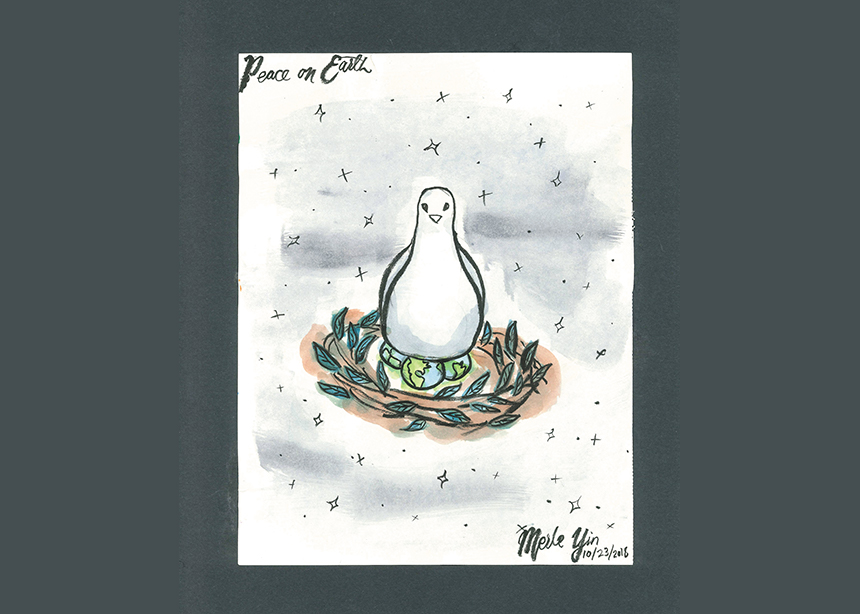





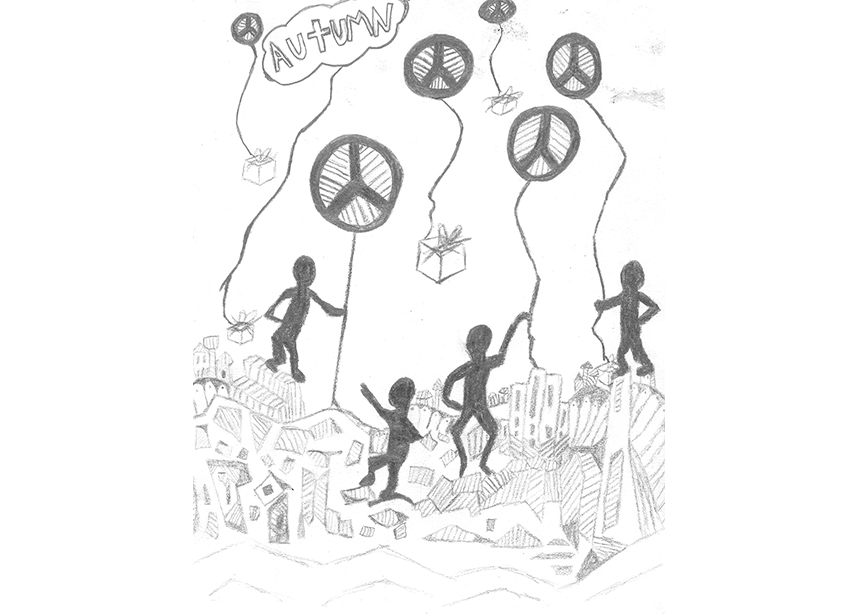

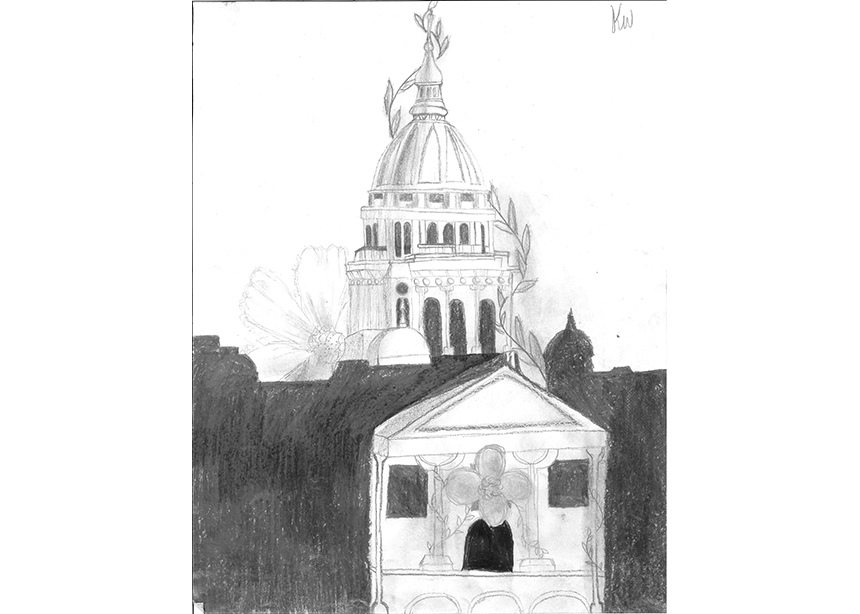

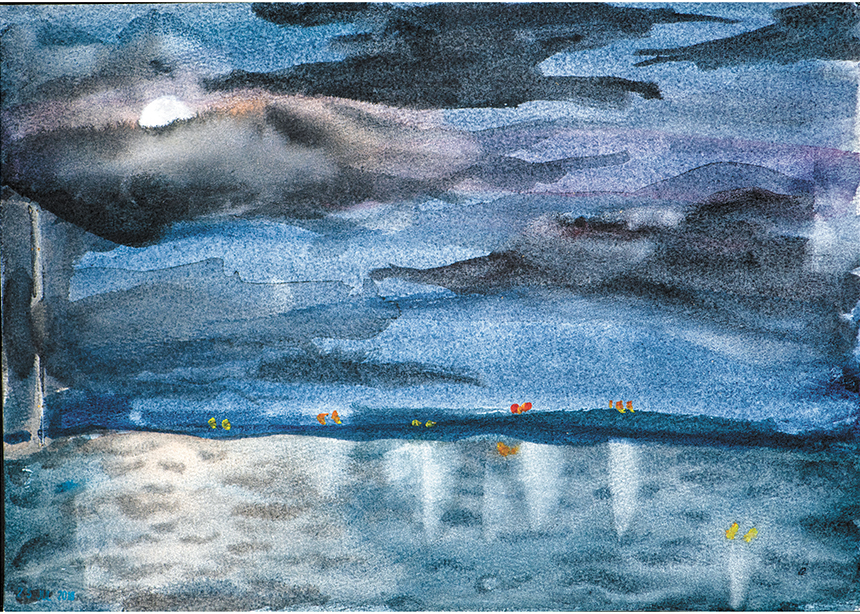
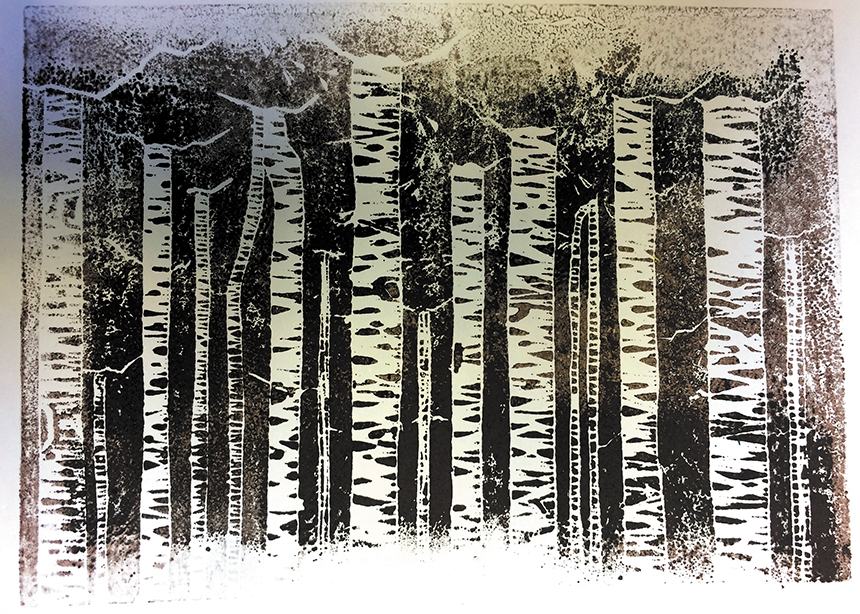



Leave a Reply
You must be logged in to post a comment.